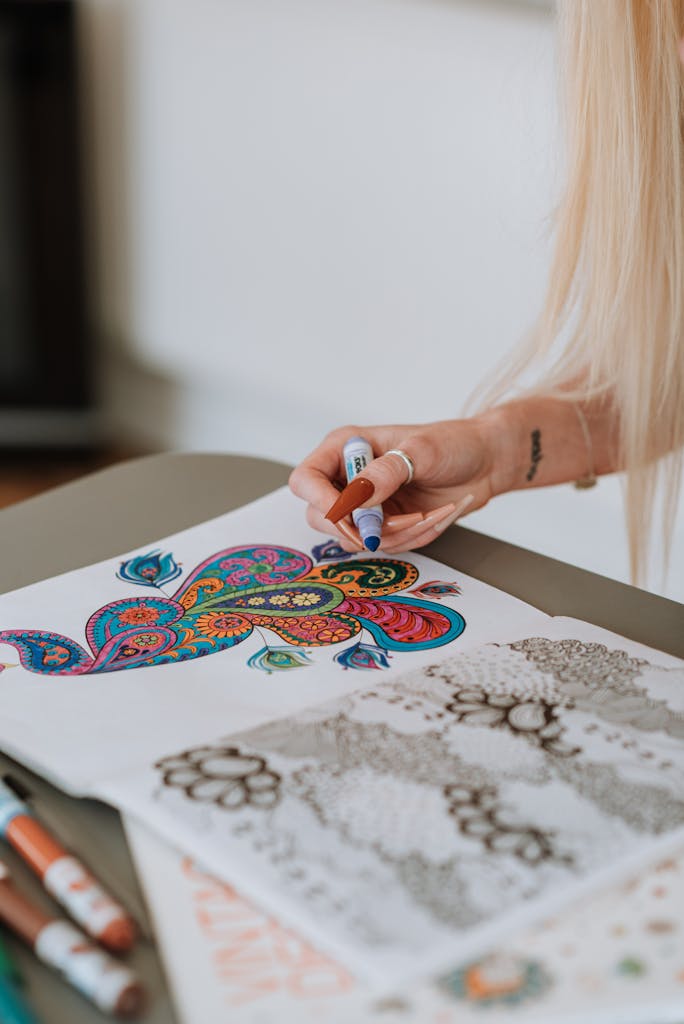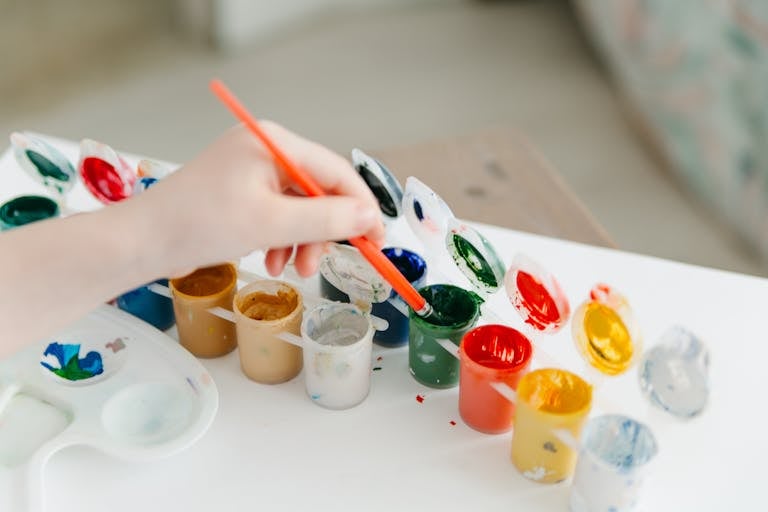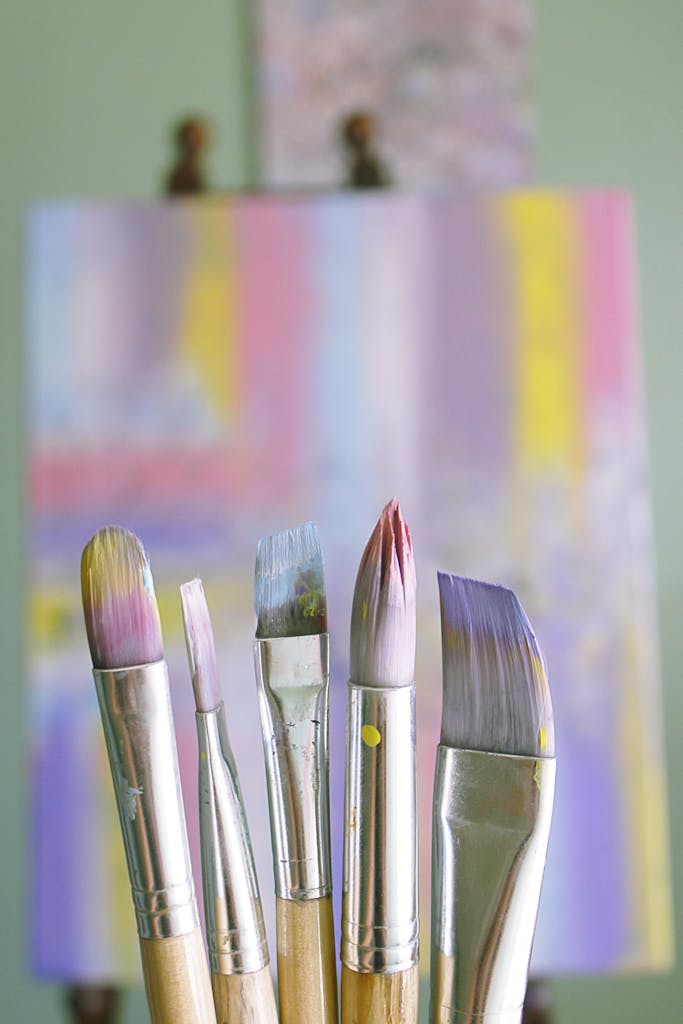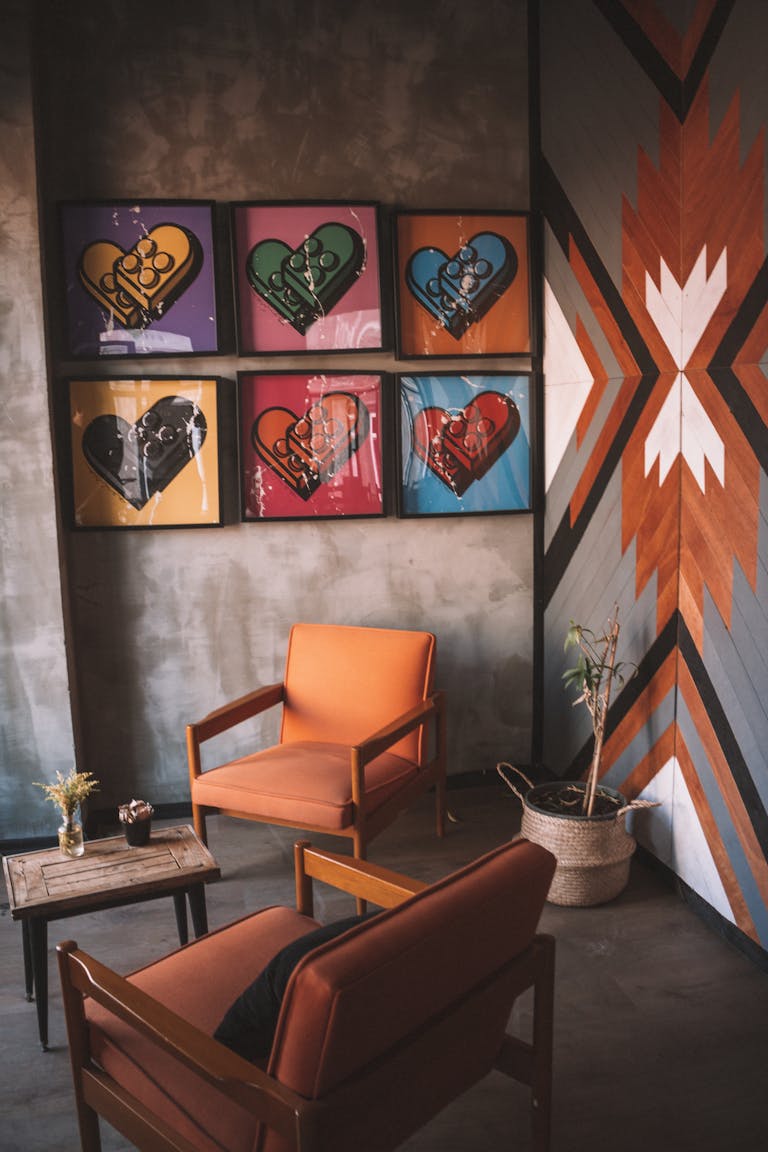How to Use the Color Wheel to Create Stunning Color Combinations
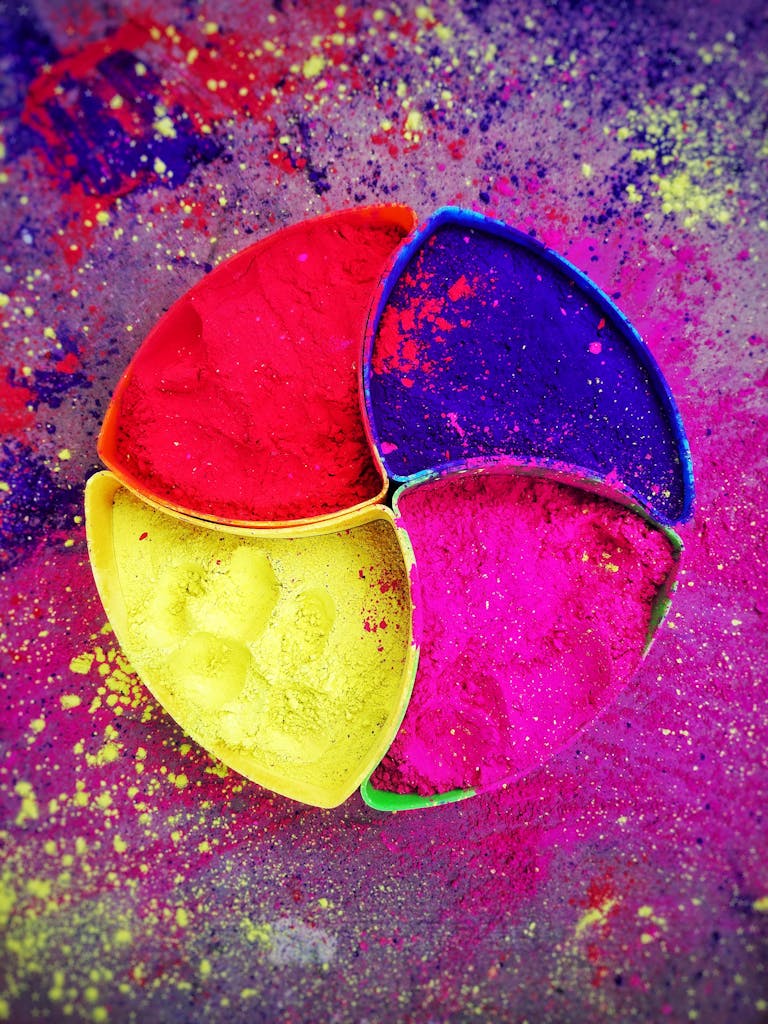
We’ve all been there. You sit down to color, grab a few pencils or markers, and halfway through, you realize your colors are… clashing. That vibrant red? It’s not vibing with your bright green.
Suddenly, what was supposed to be a fun and relaxing session feels more like a creative crisis.
But here’s the thing: picking the right colors doesn’t have to be a guessing game. With a little help from the color wheel, you can create stunning combinations that bring your coloring pages to life.
This tool isn’t just for painters or designers, it’s a total game-changer for anyone who colors.
In this guide, we’re diving deep into the color wheel, how it works, and how you can use it to create color combos that wow. By the end, you’ll be picking colors with confidence and bringing your pages to the next level.
What Is the Color Wheel?
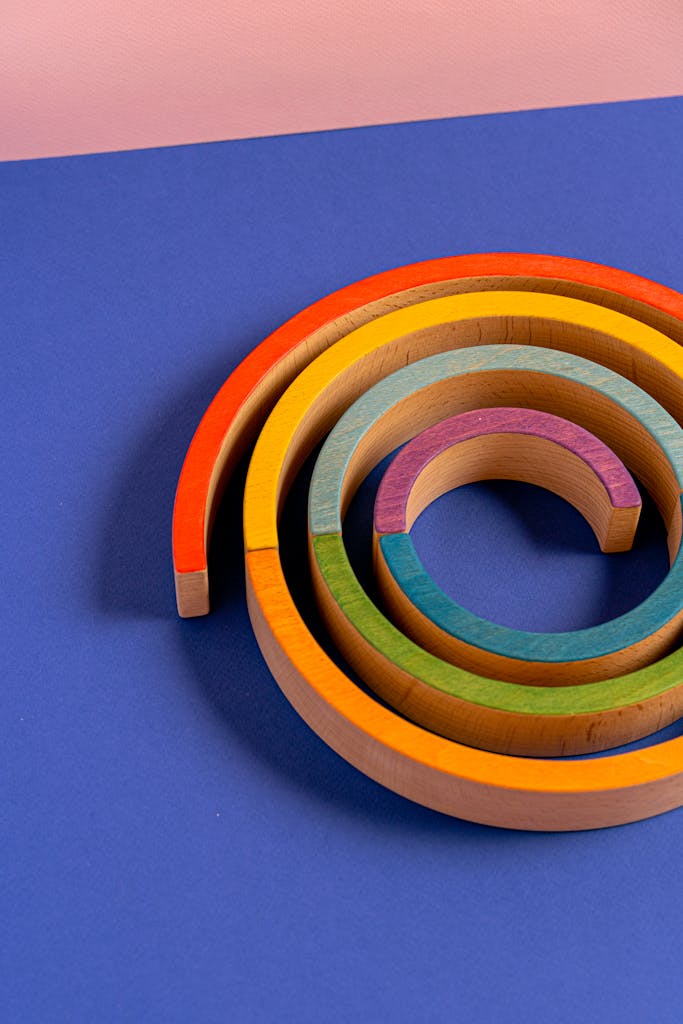
The color wheel is basically a cheat sheet for understanding how colors work together. It’s a circular diagram that organizes colors in a way that makes it easy to see their relationships.
Here’s a quick breakdown:
- Primary Colors: Red, blue, yellow. These are the OGs—every other color comes from mixing these.
- Secondary Colors: Green, orange, purple. These are created by mixing two primary colors.
- Tertiary Colors: Yellow-orange, red-orange, blue-green, and so on. These are made by mixing primary and secondary colors.
The color wheel is divided into warm colors (reds, oranges, yellows) and cool colors (blues, greens, purples). Warm colors feel energetic and vibrant, while cool colors are calming and soothing.
Why the Color Wheel Matters
The color wheel isn’t just pretty to look at it’s a tool that helps you:
- Pick Colors That Work Together: Say goodbye to clashing hues and hello to harmony.
- Create Mood and Emotion: Different combos evoke different feelings, from calm to excitement.
- Add Depth and Contrast: The right colors can make your design pop.
Whether you’re new to coloring or looking to step up your game, the color wheel is your secret weapon.
How to Use the Color Wheel
Let’s break it down into simple, actionable steps you can use today.
Step 1: Learn the Color Schemes
The color wheel gives you a bunch of options for combining colors. Here are the most common schemes:
1. Complementary Colors
These are colors directly opposite each other on the wheel (e.g., red and green, blue and orange, yellow and purple).
- Why It Works: High contrast and drama. Complementary colors make each other pop.
- When to Use: Great for bold designs or when you want certain elements to stand out.
2. Analogous Colors
These are colors next to each other on the wheel (e.g., blue, blue-green, green).
- Why It Works: Low contrast and harmonious. Analogous colors create a calming, cohesive look.
- When to Use: Perfect for nature-inspired designs or subtle, flowing transitions.
3. Triadic Colors
These are three colors evenly spaced on the wheel (e.g., red, yellow, blue).
- Why It Works: Balanced and vibrant. Triadic schemes create high energy without being overwhelming.
- When to Use: Ideal for playful, bold designs.
4. Split-Complementary Colors
This is a variation of complementary colors. Instead of using the color directly opposite, you use the two colors on either side of it (e.g., red, blue-green, and yellow-green).
- Why It Works: Balanced contrast. Split-complementary schemes are less intense than straight complements.
- When to Use: Great for designs where you want variety without clashing.
5. Monochromatic Colors
This scheme uses different shades, tints, and tones of a single color.
- Why It Works: Simple and elegant. Monochromatic schemes are easy to pull off and create a cohesive look.
- When to Use: Perfect for minimalist designs or when you want to focus on textures and patterns.
6. Tetradic (Double-Complementary) Colors
This scheme uses two sets of complementary colors (e.g., red and green, blue and orange).
- Why It Works: Versatile and dynamic. Tetradic schemes offer a lot of variety while still feeling balanced.
- When to Use: Great for complex designs with multiple elements.
Step 2: Pick a Focal Point
Before you start coloring, decide which part of your design you want to stand out. This will help you choose your color scheme.
- For Bold Focal Points: Use complementary or triadic colors to draw attention.
- For Subtle Focal Points: Stick to analogous or monochromatic schemes.
Pro Tip: Use your brightest or most saturated color on the focal point, then tone down the surrounding areas with softer shades.
Step 3: Play with Contrast
Contrast is key to making your colors pop. The color wheel helps you balance contrast by choosing colors that either:
- Stand Out: Complementary colors are high-contrast and eye-catching.
- Blend Together: Analogous or monochromatic colors create a smooth, cohesive look.
Step 4: Consider Color Temperature
Remember how the wheel is divided into warm and cool colors? Use this to create mood and depth.
- Warm Colors: Use these to create energy, excitement, or focus.
- Cool Colors: Use these to create calm, relaxation, or a sense of distance.
Pro Tip: Mix warm and cool colors for balance. For example, use cool blues in the background and warm yellows in the foreground.
Putting It All Together
Let’s say you’re working on a floral coloring page. Here’s how you could use the color wheel:
- Choose a Color Scheme: Complementary (e.g., red flowers with green leaves).
- Pick a Focal Point: The flowers will be the star, so use the brightest red on them.
- Balance Contrast: Use softer greens for the leaves to make the flowers pop.
- Add Depth: Use darker reds for shadows and lighter reds for highlights on the petals.
Common Color Mistakes (and How to Avoid Them)
Even with the color wheel, it’s easy to make mistakes. Here’s how to avoid the most common ones:
Mistake 1: Overloading Your Page
- The Problem: Using too many colors can make your design look chaotic.
- The Fix: Stick to 3-5 colors for a cohesive look.
Mistake 2: Ignoring Light and Shadow
- The Problem: Flat colors make your design look one-dimensional.
- The Fix: Use darker shades for shadows and lighter tints for highlights.
Mistake 3: Forgetting the Background
- The Problem: A bright, busy background can compete with your main design.
- The Fix: Use neutral or complementary colors to keep the focus on the foreground.
Practice Exercises
Ready to put the color wheel to work? Try these exercises:
- Complementary Contrast: Color a page using only complementary colors (e.g., purple and yellow).
- Monochromatic Magic: Pick one color and use different shades, tints, and tones to complete a design.
- Warm vs. Cool: Create a page with warm colors in the foreground and cool colors in the background.
Wrapping It Up
The color wheel isn’t just a tool, it’s your best friend when it comes to creating stunning color combinations.
By understanding how colors work together, you can take your coloring pages from good to jaw-droppingly gorgeous.
So, grab your supplies, spin that wheel, and start experimenting. The more you practice, the more confident you’ll become in choosing colors that make your designs shine.

